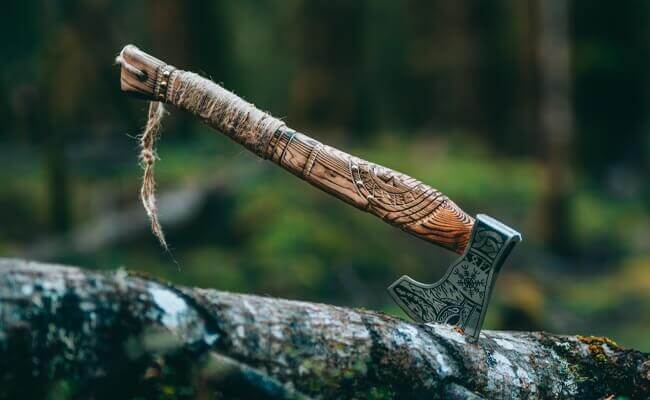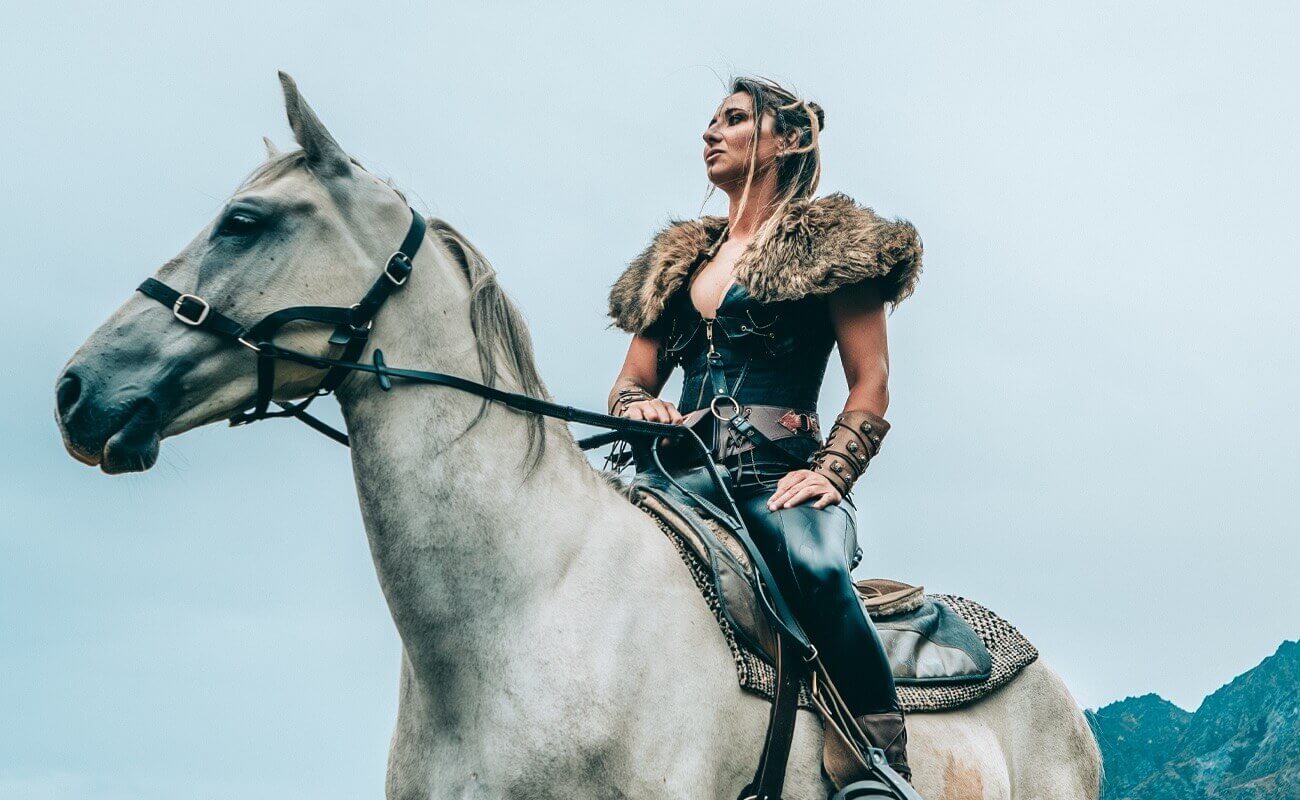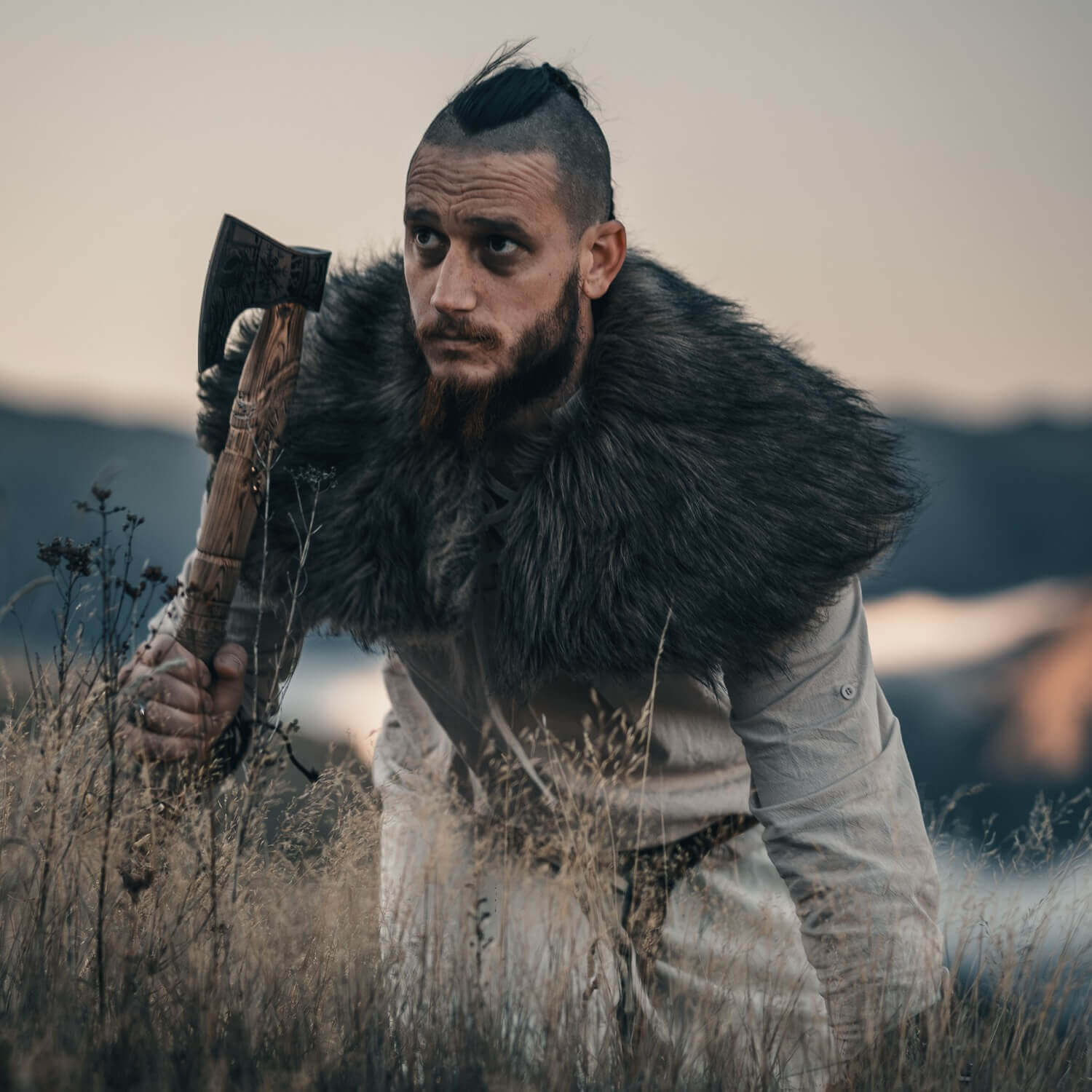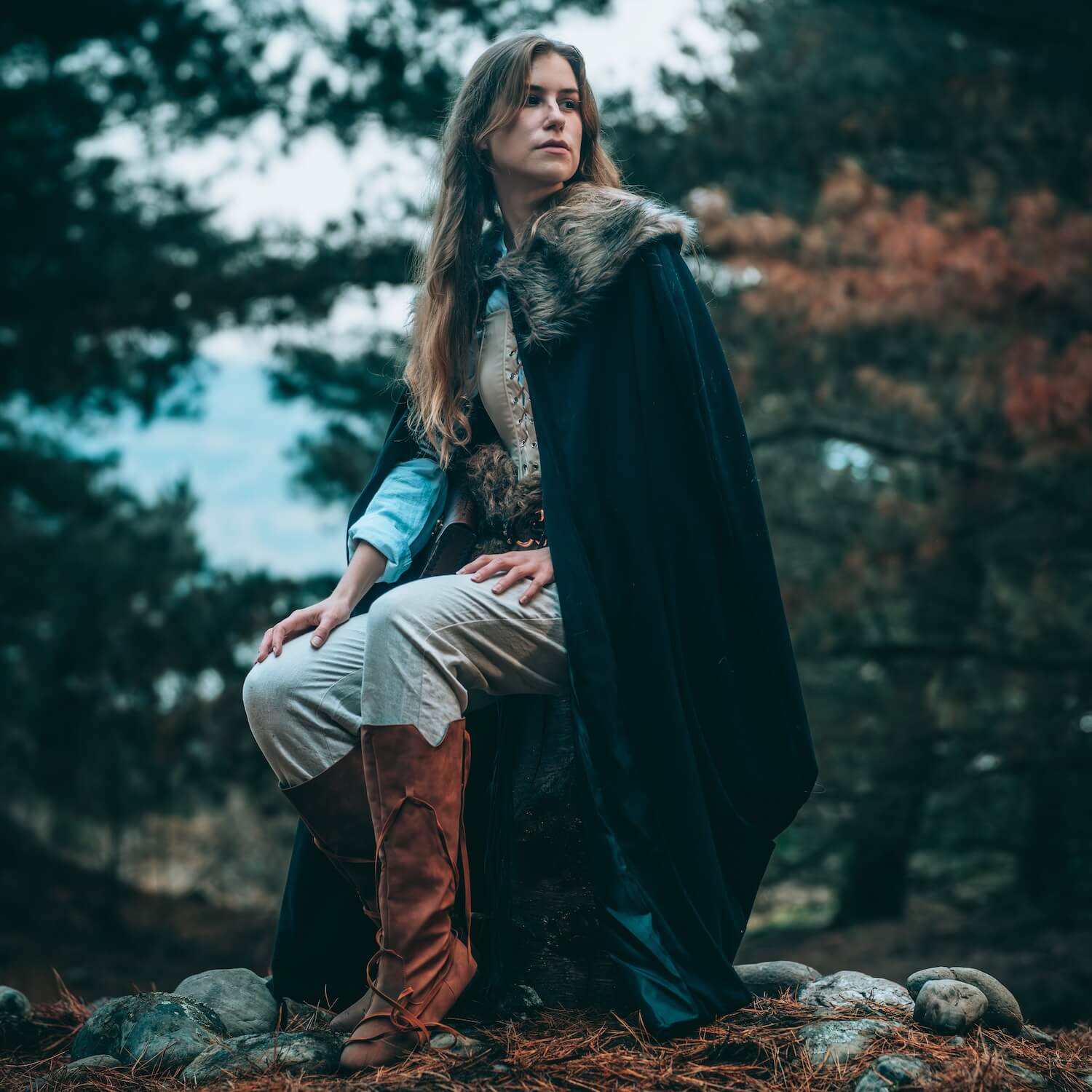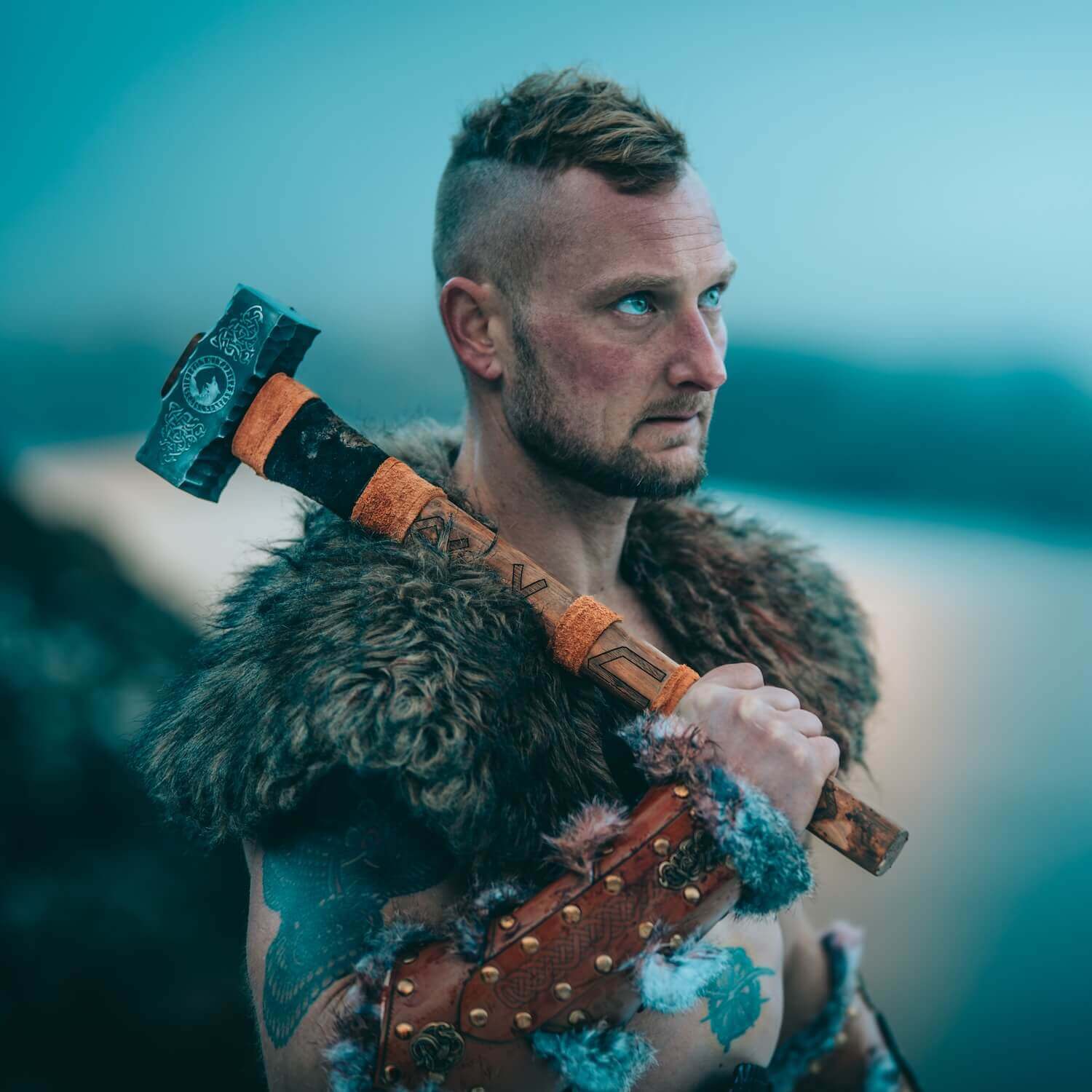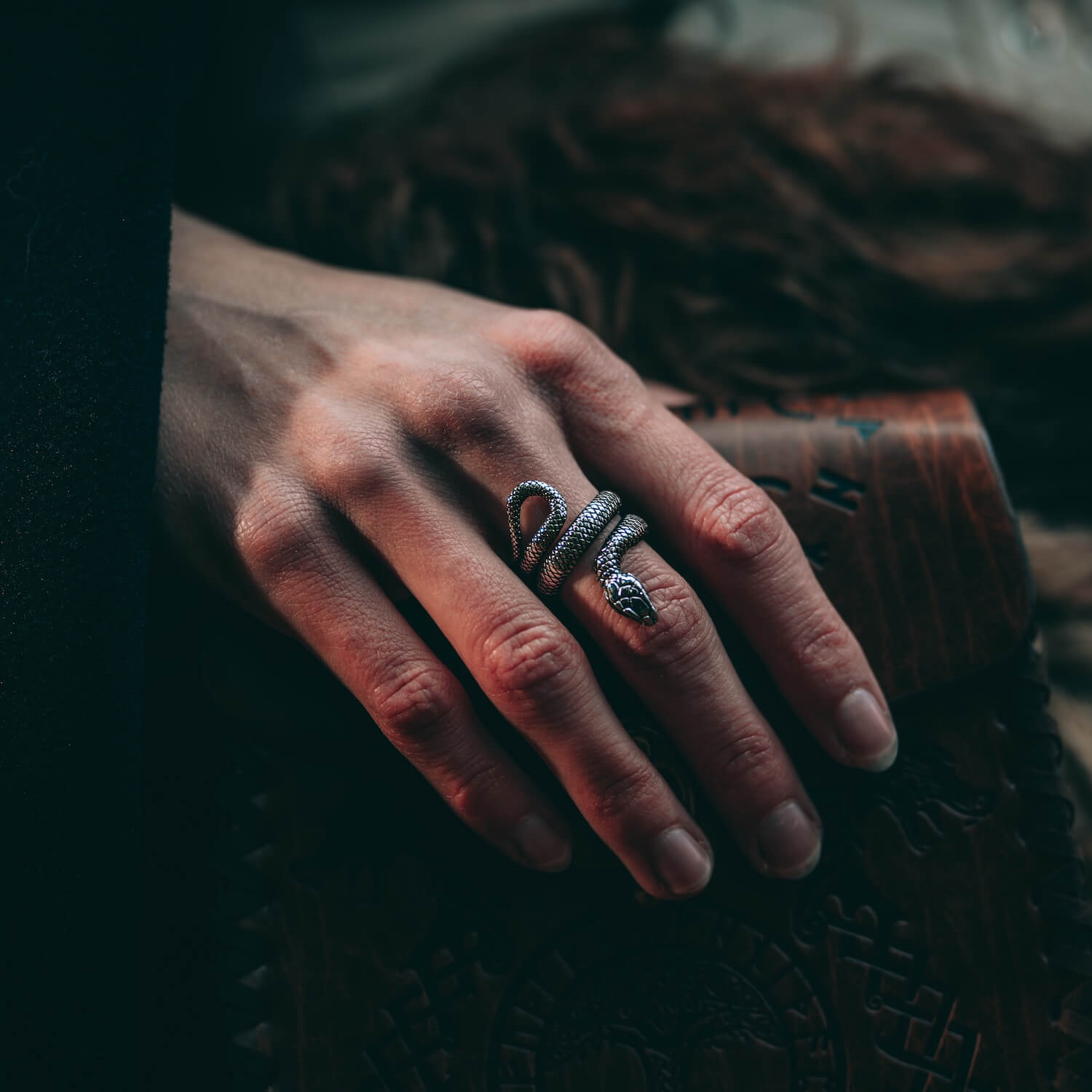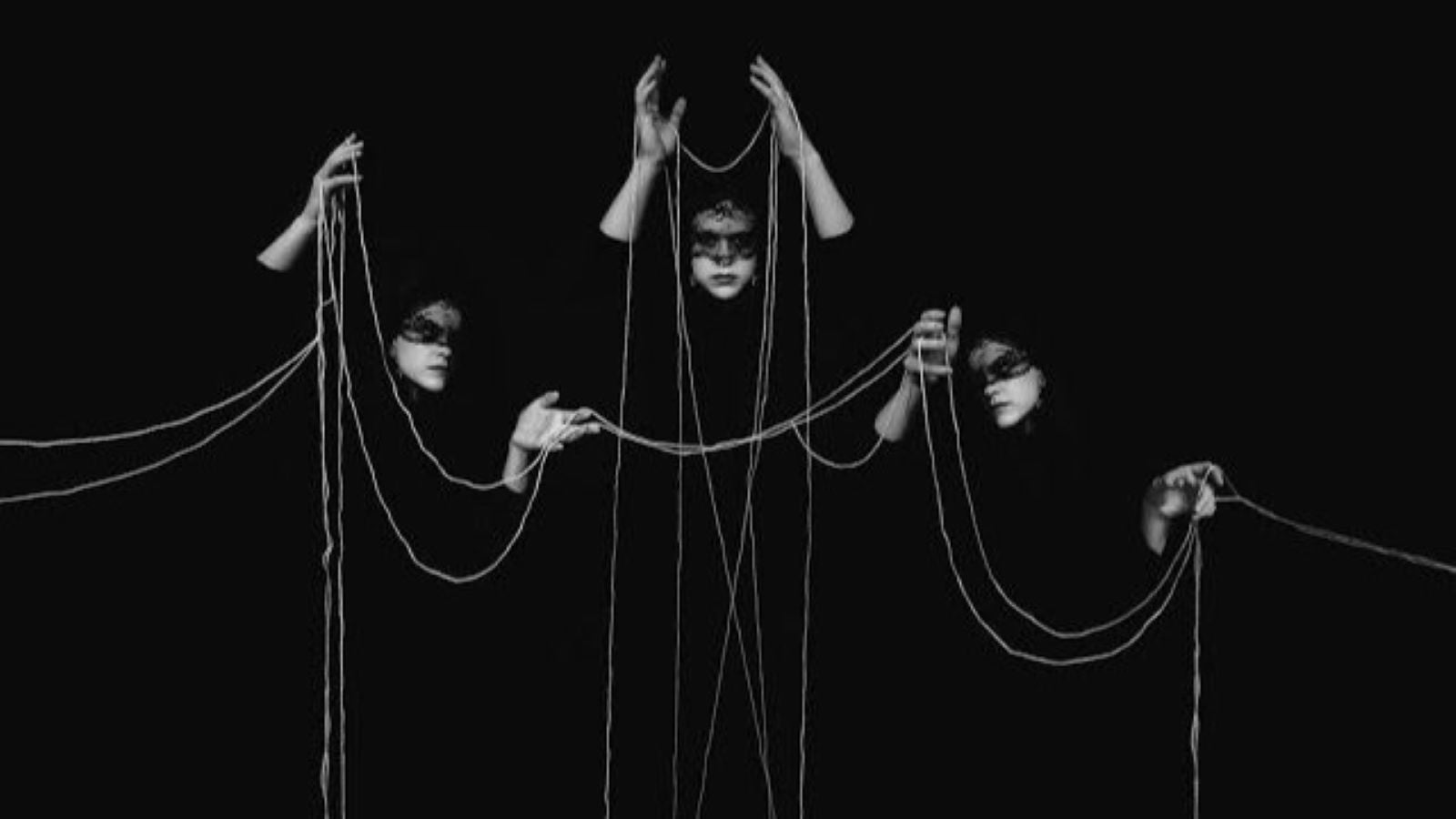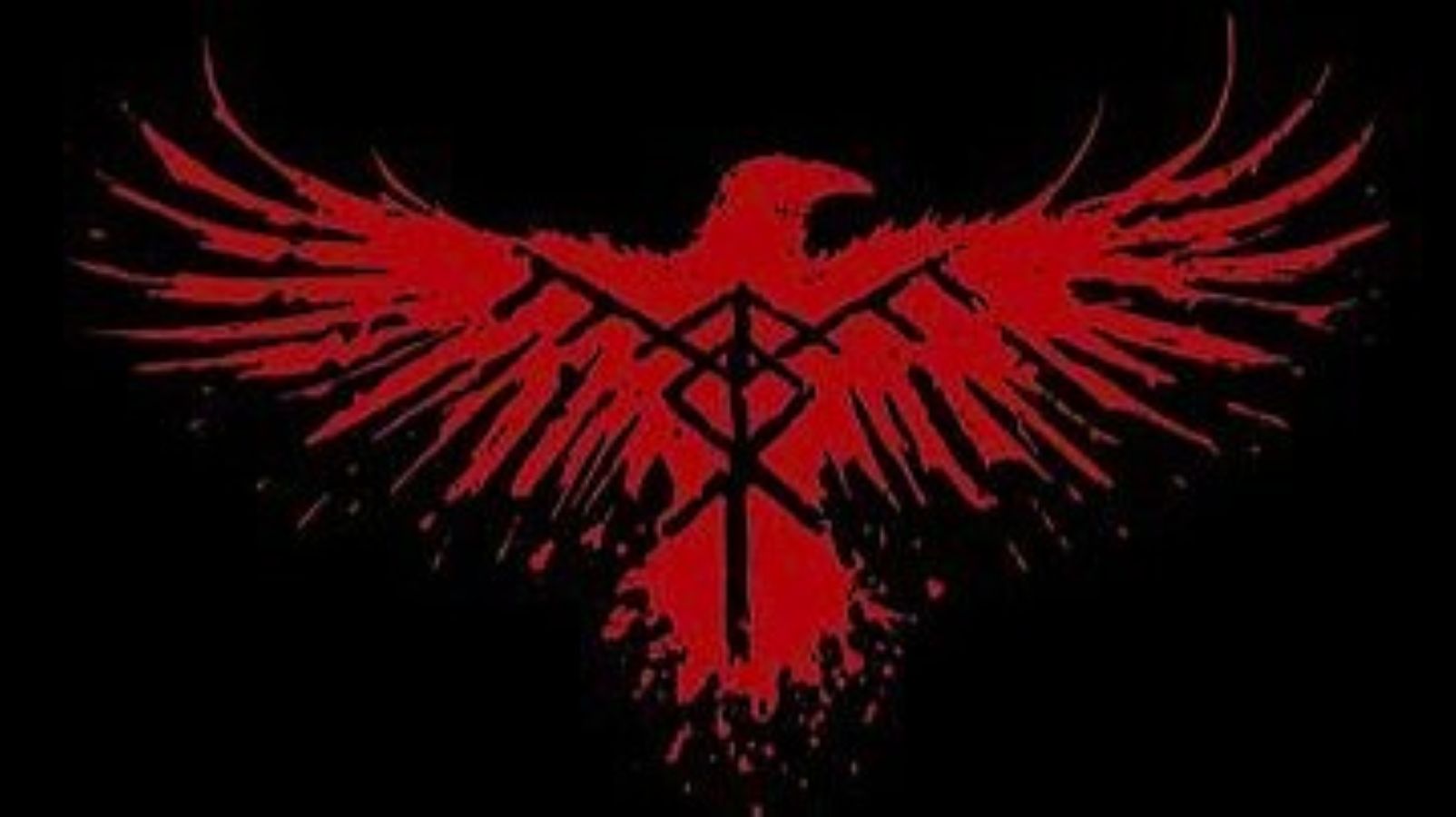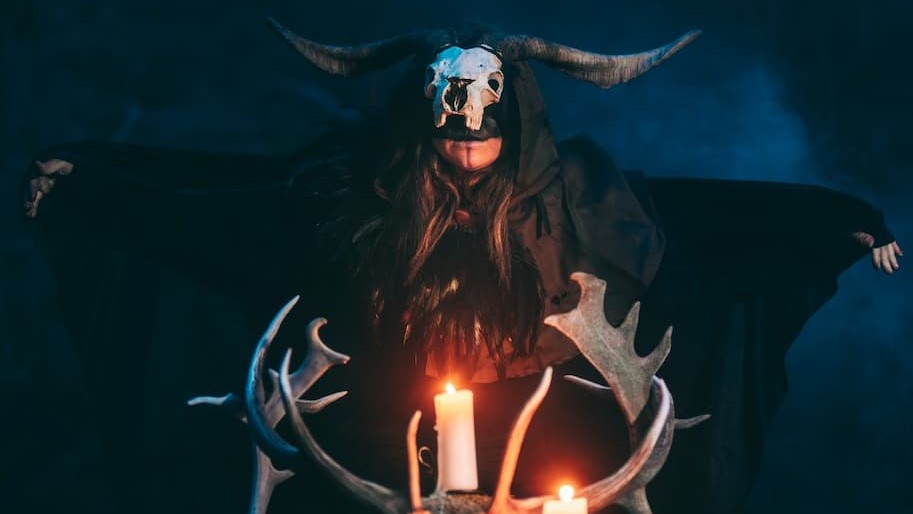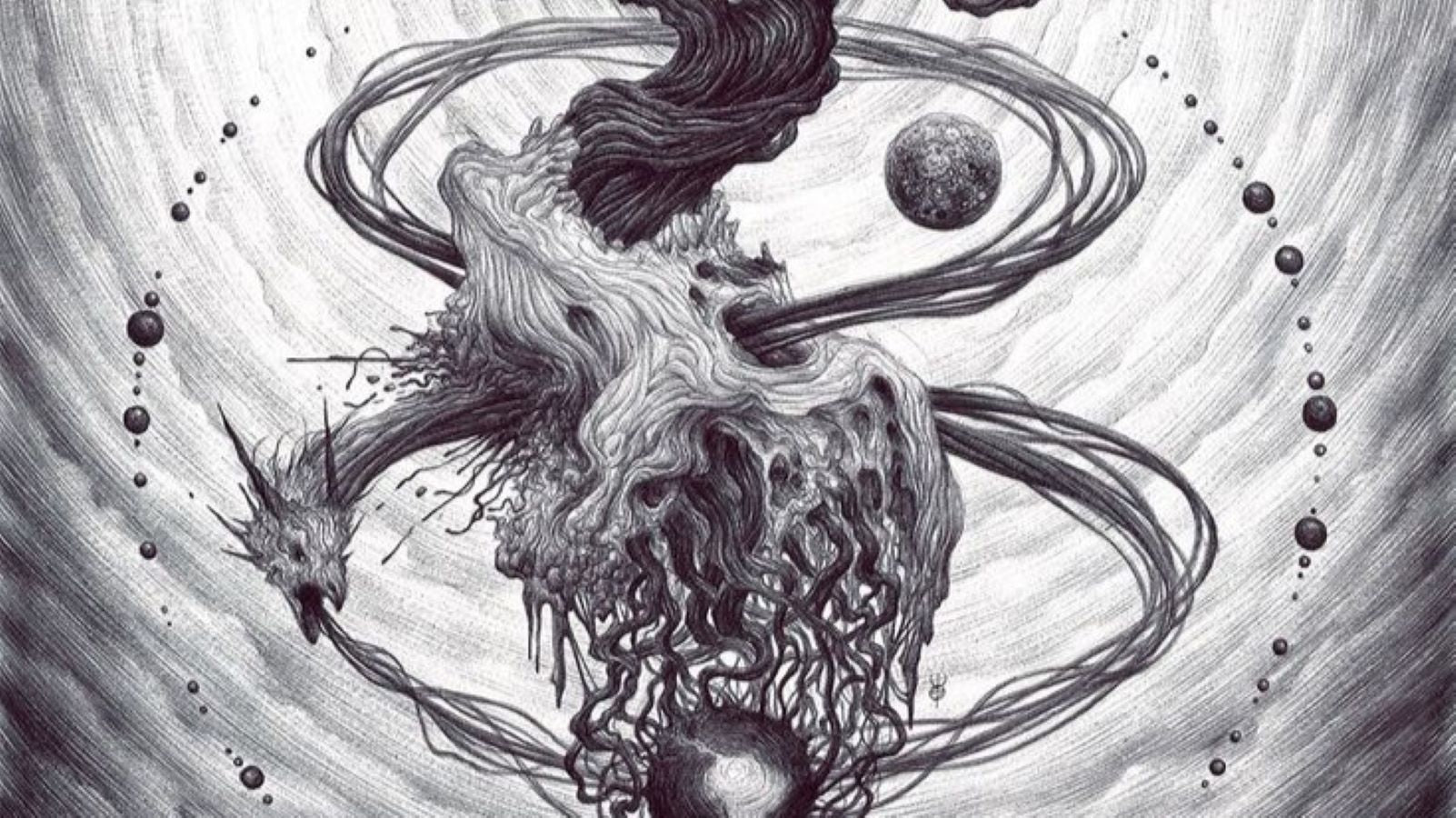
Ouroboros: The Eternal Symbol in Norse Culture
In the vast tapestry of Norse culture, Ouroboros emerges as a symbol of profound importance, embodying the cyclical nature of existence and the eternal cycle of life, death, and rebirth. Depicted as a serpent or dragon devouring its own tail, Ouroboros encapsulates the infinite nature of time and the interconnectedness of all things.
Throughout Norse sagas and ancient texts, references to Ouroboros abound, weaving its symbolism into tales of creation, destruction, and cosmic order. It is believed that the mighty serpent Jormungandr, one of the offspring of the trickster god Loki, encircles the world, forming an eternal loop of existence.
Within the context of Norse cosmology, Ouroboros represents the eternal struggle between order and chaos, creation and destruction. It serves as a reminder of the cyclical nature of life and the inevitability of change. In the grand scheme of existence, everything is interconnected, and every ending gives rise to a new beginning.
Moreover, Ouroboros holds a profound significance in Norse spirituality, representing the concept of self-reflection and introspection. Just as the serpent consumes its own tail, individuals are encouraged to look inward, confronting their fears, desires, and inner demons. Through this process of self-discovery, one may attain enlightenment and transcend the boundaries of mortal existence.
In Norse art and symbolism, Ouroboros is often depicted alongside other sacred motifs, such as the tree of life (Yggdrasil) or the wheel of fate (Norns' spindle). These interconnected symbols form a cohesive narrative, illustrating the intricate web of life and the interconnectedness of all beings.
As we reflect on the symbolism of Ouroboros in Norse culture, let us embrace the profound wisdom it imparts. In the eternal dance of existence, we are but fleeting participants, swept along by the currents of time. Yet, in embracing the cyclical nature of life, we find solace in the knowledge that every ending heralds a new beginning, and every journey leads us closer to enlightenment.
Ouroboros stands as a testament to the enduring legacy of Norse mythology and the timeless wisdom it holds. As we contemplate its symbolism, may we gain a deeper understanding of our place within the cosmic tapestry of existence and find meaning in the eternal cycle of life, death, and rebirth.

